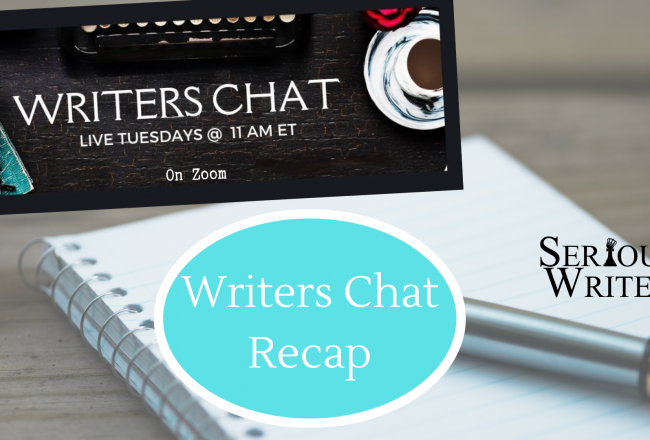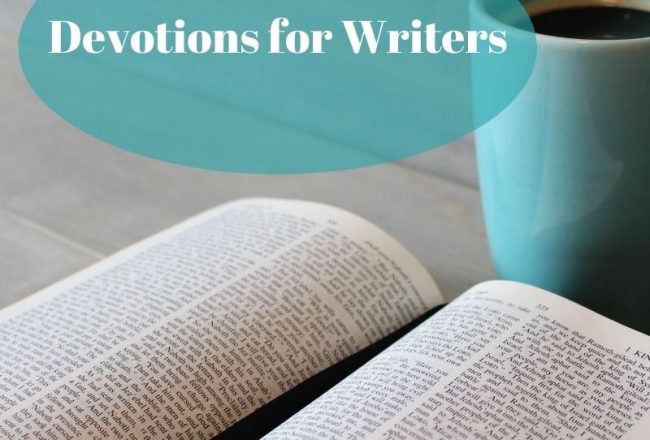
Best Selling Author- Jerry B. Jenkins
Welcome, Jerry. We are honored to have you partner with us. Can you share a little about your recent book?…
August 1, 2016
Welcome, Jerry. We are honored to have you partner with us. Can you share a little about your recent book?…
August 1, 2016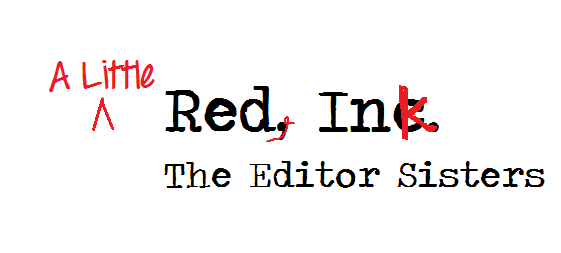
Conferences: The Paid Critique So you’re thinking about attending a writers conference, or perhaps you’ve already registered for one.…
July 29, 2016
3-Step Plan for A SPEC-tacular Audience By now you have already noticed the play on words, and I’ll admit…It…
July 28, 2016
Bush hogging helps me clear my head (no—that’s not hunting wild hogs in the bush). It’s a farm implement…
July 27, 2016
The natural cascade soothed Mary and many days she walked by as she prayed and sought the mind of…
July 26, 2016
The setting sold us. A property with mature trees and a creek running behind it. Even in March, with…
July 25, 2016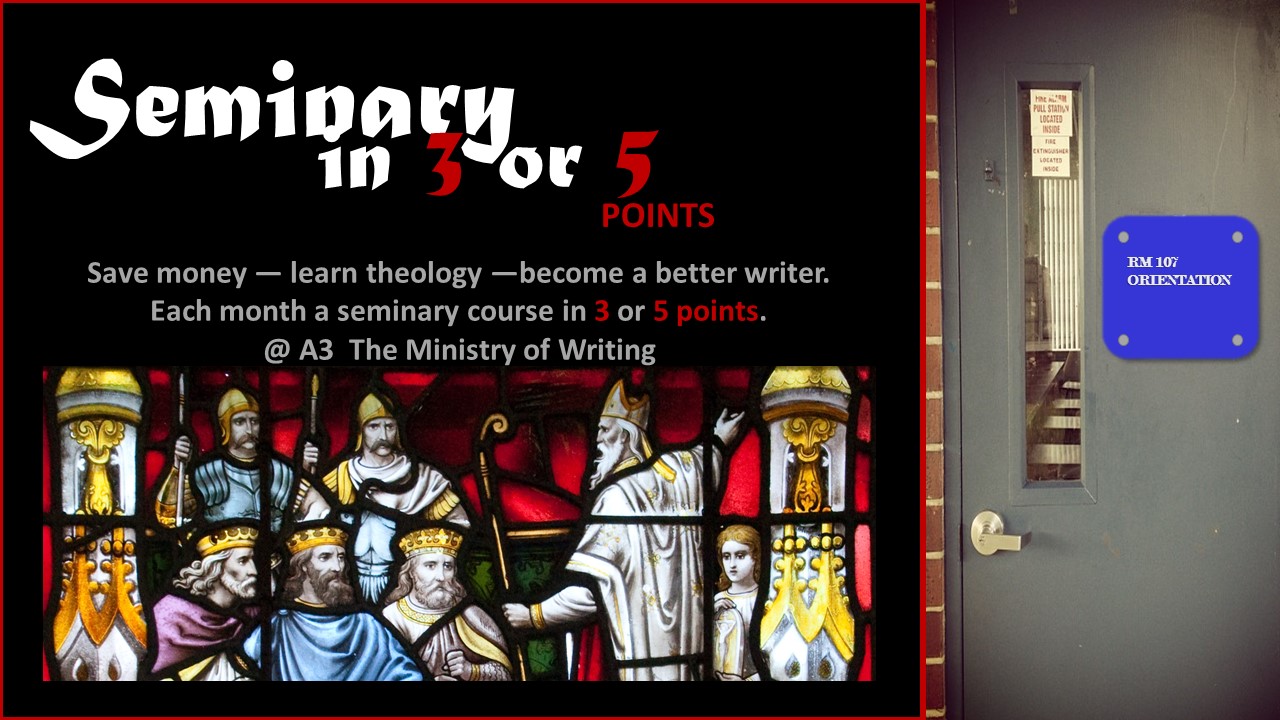
Save money. Learn theology. Become a better writer. Minister more effective. That’s my hope for you. In this second…
July 24, 2016
Elaine Marie Cooper It was early summer and the New England Asters were lush with leaves. But a knowledgeable…
July 23, 2016
A few weeks ago I enjoyed a lovely dinner with friends at a cool restaurant in Raleigh. The first…
July 22, 2016
Once you’ve chosen the setting of your book—which we discussed in Part 1 of this series—it’s important to spend…
July 21, 2016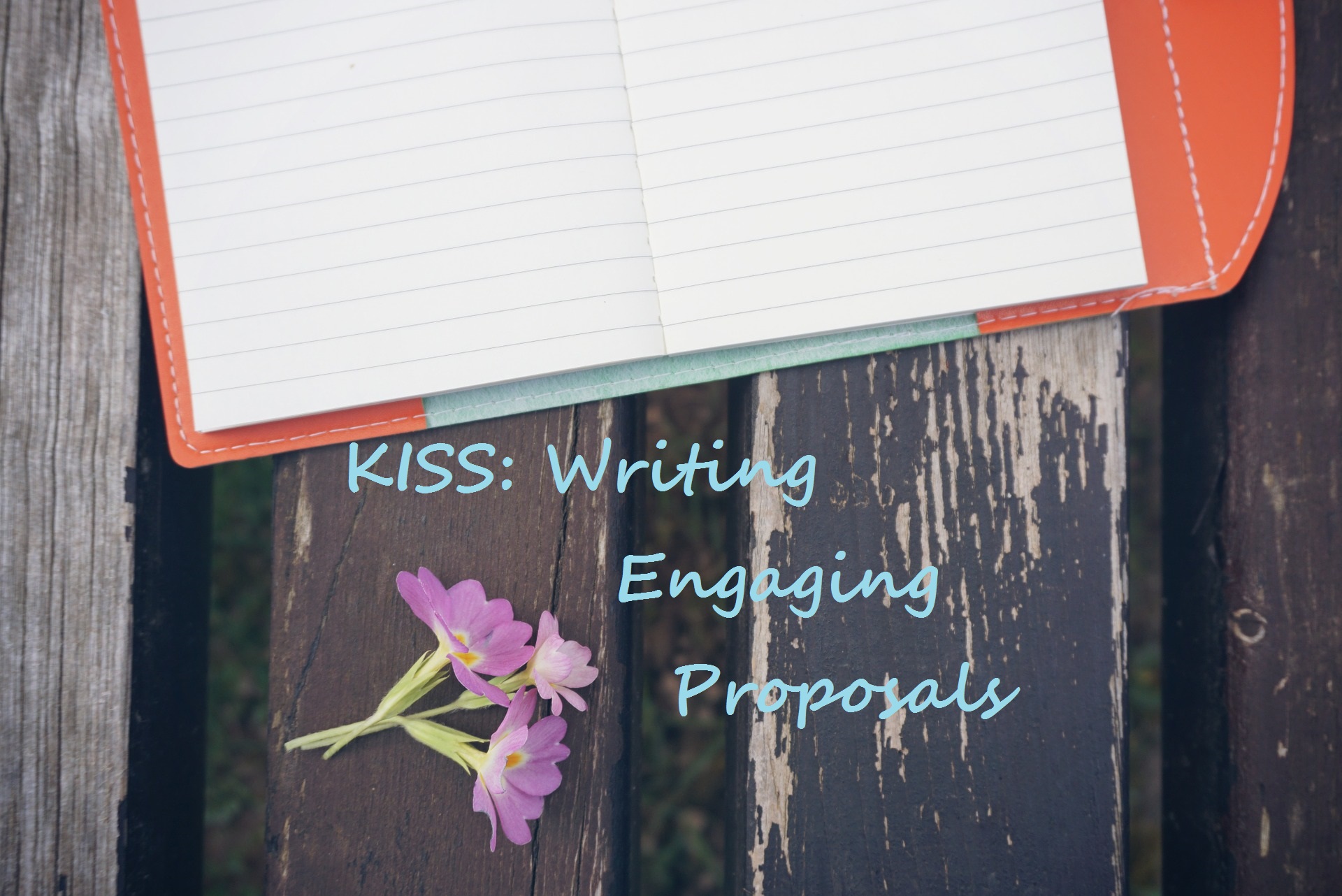
Why Your Bio Isn’t About You by: Nichole Parks It’s not personal. It’s business. Think about it. A bio…
July 17, 2016Promote Your Book Like a Pro by DiAnn Mills Authors are in search of the holy grail of book…
July 16, 2016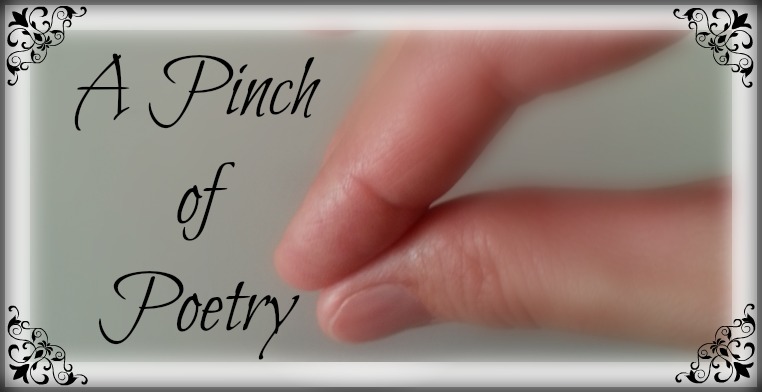
We’re going to explore a very short Japanese form of poetry known as haiku. This type of poem reflects a simpler…
July 15, 2016
by Leigh Powers The speaker lost me at the donkey. He was a charismatic, engaging speaker who made…
July 14, 2016
I recently attended Blue Ridge Mountains Christian Writers Conference in lovely Black Mountain, North Carolina. This event is…
July 12, 2016
The golden rule for guest blogging is straightforward—Deliver solid content on time. Beyond that, there are a few simple steps you…
July 11, 2016
Written forms of communication have existed since the first man decided to scratch something on a cave wall, allowing…
July 10, 2016
A pastor friend of mine had come through a really rough stretch and was reexamining his call. A counselor…
July 9, 2016
You hear it more and more these days. [bctt tweet=”Your manuscript must be “publish-ready” in order for it to…
July 8, 2016
Scientific studies confirm that we humans make a host of judgments about a person based on the first few…
July 7, 2016
By Doug Peterson I had no idea what I was doing when I first ordered a Café Americano, totally…
July 6, 2016
Have you ever wandered aimlessly in your writing? A friend asked me the other day what I was working…
July 5, 2016
Yesterday I decided to move to the back deck of our house to set up my “summer writing office”.…
July 4, 2016
How to know when to stray from your writing plans. Do you ever have those times when your day…
July 3, 2016
The subject of creativity has always fascinated me. Where does it originate? How can I access more of it?…
July 2, 2016



